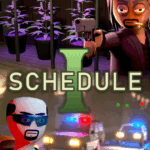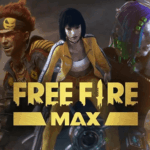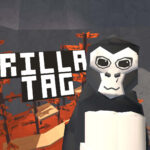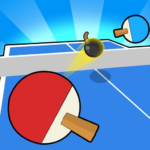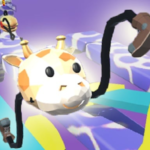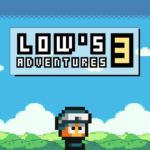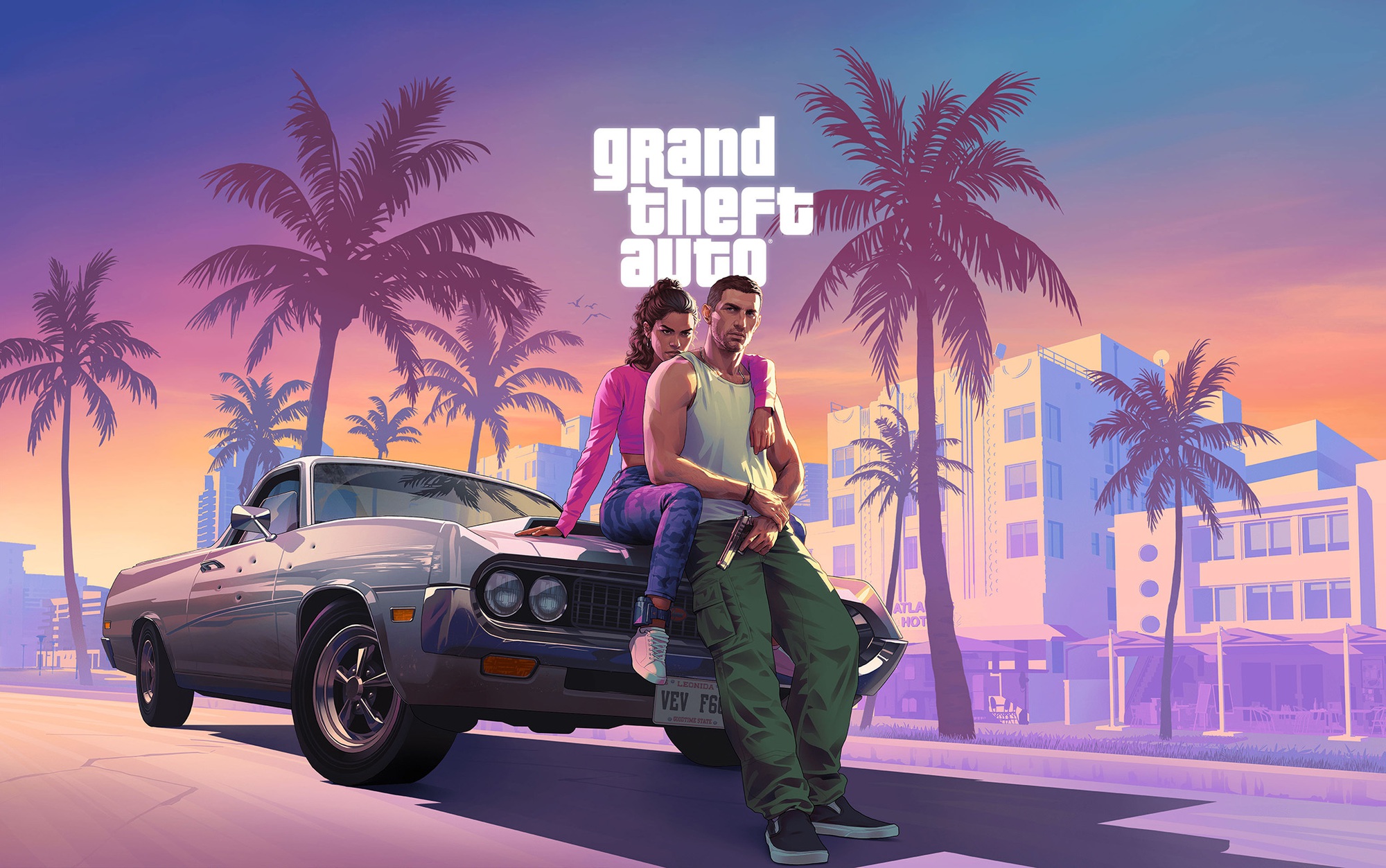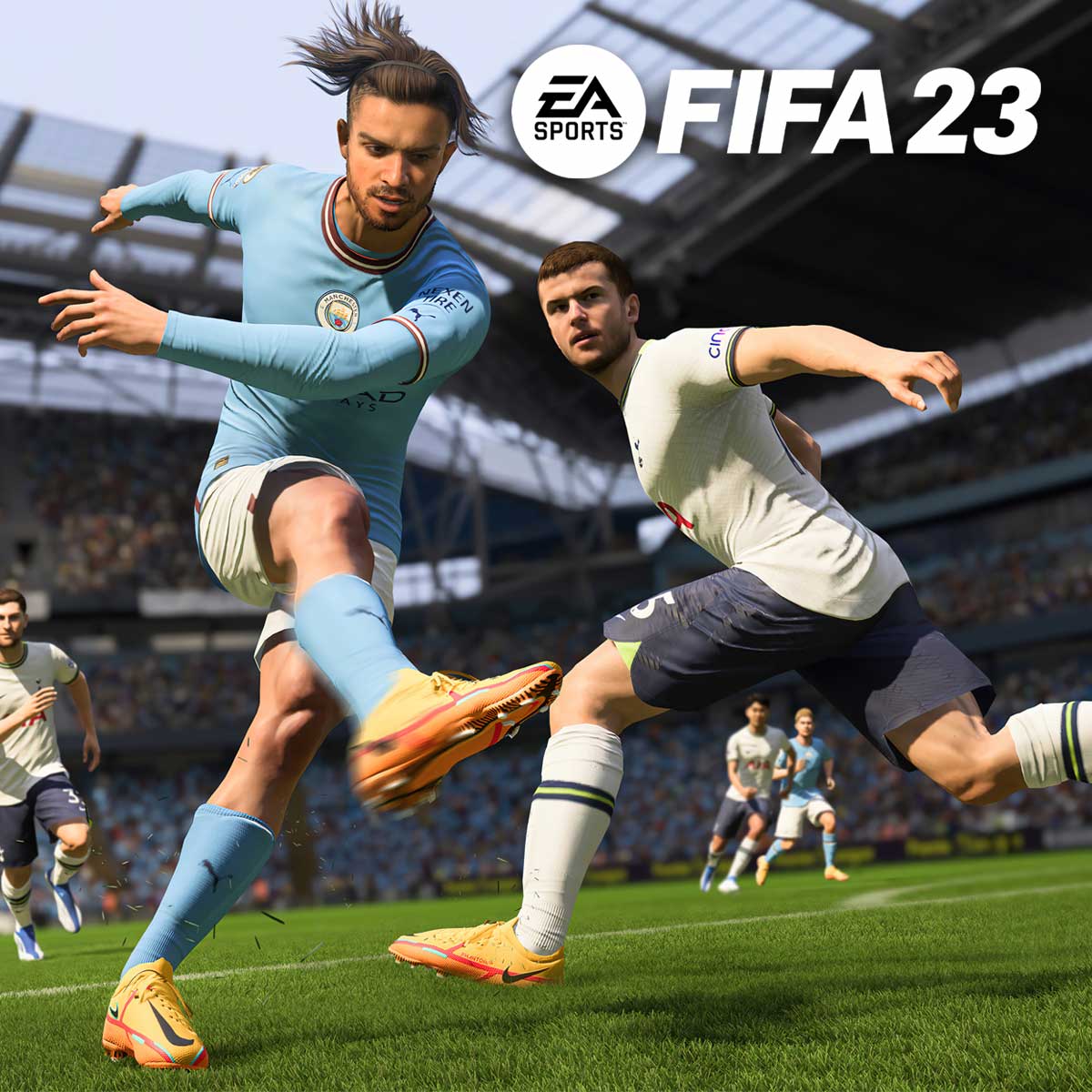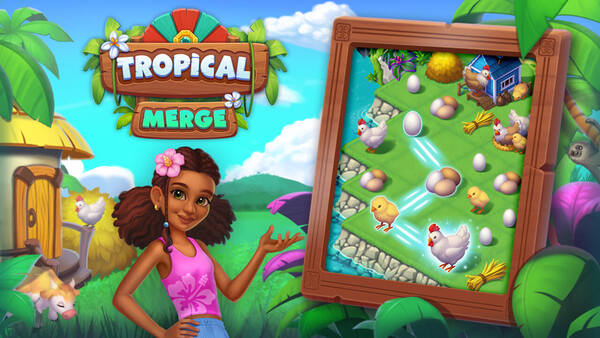Brawl Stars: The Enduring Charm of Mobile Mayhem
Introduction: Supercell's Pocket-Sized Powerhouse
In the ever-crowded landscape of mobile gaming, few titles manage to capture and sustain the attention of millions quite like
Brawl Stars. Developed and published by Supercell, the Finnish mobile gaming giant behind
Clash of Clans and
Clash Royale, Brawl Stars launched globally on December 12, 2018, quickly establishing itself as a unique blend of fast-paced multiplayer online battle arena (MOBA) and hero shooter. Its intuitive controls, diverse cast of "Brawlers," and varied game modes made it an instant hit, especially among younger audiences and those seeking quick, engaging bursts of gameplay. Brawl Stars distills the essence of competitive gaming into bite-sized, sub-three-minute matches, perfectly suited for the mobile platform. This article will delve into the core mechanics that define Brawl Stars, its evolution through consistent updates, its vibrant community, and the unique position it holds in the highly competitive mobile esports scene.
The Genesis of a Global Phenomenon: From Soft Launch to Stardom
Brawl Stars didn't appear overnight. Like many Supercell titles, it underwent an extensive soft launch period, allowing developers to gather crucial feedback and refine the game before its global rollout.
Early Beginnings and Iterative Development
The game first entered soft launch in Canada in June 2017. This initial phase was vital for testing core gameplay loops, brawler balance, and monetization strategies. Supercell's philosophy of "play, test, refine" was evident, as they made significant changes based on player data and community sentiment. The global release on December 12, 2018, was the culmination of over a year of meticulous development and optimization, ensuring a polished experience for its worldwide audience on both iOS and Android.
Supercell's Track Record of Success
Brawl Stars inherited a legacy of success from its predecessors,
Clash of Clans and
Clash Royale. Players expected a high level of polish, engaging gameplay, and robust live-service support—expectations that Supercell largely met. The game's vibrant, cartoonish art style and charismatic character designs were immediately appealing, building on the signature aesthetic that had made their other games so recognizable. This established trust with players and provided a strong foundation for its rapid ascent in the mobile gaming market.
Core Gameplay: Fast-Paced Fun in Diverse Arenas
At its heart, Brawl Stars is about quick, strategic skirmishes between unique characters. Players choose from a roster of "Brawlers," each with distinct attacks, Super abilities, Gadgets, and Star Powers, then jump into various game modes.
The Triad of Combat: Attack, Super, and Movement
The control scheme is elegantly simple: a joystick for movement, a button for the main attack, and another for the powerful Super ability. This simplicity belies a surprising depth of strategy. Players must master not only their Brawler's abilities but also map awareness, positioning, and teamwork.
- Main Attack: Each Brawler has a unique primary attack, ranging from short-range shotgun blasts to long-range snipes or area-of-effect projectiles.
- Super Ability: This is a Brawler's ultimate move, charged by dealing damage or taking it. Supers are often game-changing, allowing for powerful offensive plays, defensive maneuvers, or crowd control.
- Gadgets: Unlockable active abilities that provide a tactical advantage in specific situations, such as a quick heal, a burst of speed, or a defensive shield.
- Star Powers: Passive abilities that further enhance a Brawler's stats or abilities, often offering two distinct choices that significantly alter playstyle.
- Hypercharges: A relatively newer addition, Hypercharges provide a temporary, super-charged version of a Brawler's Super and a stat boost, adding another layer of power and tactical decision-making.
A Plethora of Game Modes
Brawl Stars offers a rotating selection of game modes, ensuring constant variety and catering to different playstyles. Most matches are 3v3, designed for quick action.
- Gem Grab (3v3/5v5): Teams collect gems from the center of the map. The first team to collect and hold 10 gems for a countdown wins. Getting defeated causes you to drop your held gems.
- Showdown (Solo/Duo): A battle royale mode where players (or duos) fight to be the last Brawler standing. Power Cubes collected from destroyed crates enhance Brawlers' stats.
- Brawl Ball (3v3/5v5): A football/soccer-inspired mode where teams compete to score two goals. There are no fouls, leading to chaotic and often hilarious gameplay.
- Bounty (3v3/5v5): Earn stars by defeating opponents. The team with the most stars at the end of the timer wins. Getting defeated causes your star count to increase for the enemy.
- Heist (3v3/5v5): Teams try to destroy the opponent's safe while protecting their own. This mode heavily emphasizes strategic positioning and Brawler matchups.
- Special Events (PvE/PvP): Limited-time modes with unique rules, such as Robo Rumble (PvE wave defense) or Boss Fight (PvE against a giant boss).
- Championship Challenge: In-game qualifiers for the competitive esports scene, offering a path for skilled players to test their mettle against the best.
The Brawler Roster: Characters with Personality
One of Brawl Stars' strongest assets is its diverse and ever-growing roster of Brawlers. As of July 2025, there are over 90 Brawlers, each belonging to a "trio" or "duo" with a shared thematic.
Unlocking and Progression
Brawlers are unlocked primarily through
Starr Road, a deterministic progression path where players collect "Credits" to unlock Brawlers of increasing rarity (Rare, Super Rare, Epic, Mythic, Legendary, Ultra Legendary). This replaced the controversial "Brawl Boxes" (loot boxes) in a positive shift towards a less randomized progression system.
- Credits: The main currency for unlocking Brawlers, earned through the Brawl Pass, Starr Drops, and completing quests.
- Power Points: Used to upgrade Brawlers' levels, increasing their health and damage.
- Coins: Used for various upgrades, including Hypercharges and Gears.
- Gears: Unlockable enhancements that provide passive benefits to Brawlers, such as increased speed in bushes or extra damage.
Design Philosophy: Simple to Learn, Hard to Master
Each Brawler is designed with a clear, easy-to-understand core mechanic, but mastering their nuances, optimal matchups, and advanced techniques (like "flicks" or "wall-bouncing") takes significant practice. This "easy to learn, hard to master" philosophy is central to the game's appeal, providing a low barrier to entry while offering a high skill ceiling for dedicated players.
The Live Service Model: A Game That Never Stops Evolving
Supercell's commitment to Brawl Stars extends far beyond its initial release, with consistent updates being a cornerstone of its sustained popularity.
Seasonal Updates and Thematic Content
Brawl Stars operates on a seasonal model, with each new season bringing a fresh theme, new Brawlers, skins, game modes, and a new Brawl Pass. These seasonal changes keep the game feeling vibrant and provide players with new goals and content to chase. Recent updates, such as the June 2025 patch, focused on rebalancing rewards, improving the "Records" system (a new progression track), and introducing new Brawlers like "Trunk," hinting at further changes to the early access model for new characters.
Addressing Player Feedback and Balancing the Meta
A crucial aspect of Brawl Stars' live service is Supercell's active engagement with its community. They regularly release "Brawl Talk" videos detailing upcoming changes and implement frequent balance changes to address overpowered or underpowered Brawlers, keeping the meta dynamic and preventing stagnation. The recent changes to "Masteries" and "Starr Drops" demonstrate a willingness to adjust core progression systems based on player sentiment, even if some changes are met with mixed reactions initially. The goal is to strike a balance between rewarding dedicated players and maintaining accessibility for newcomers.
The Esports Arena: From Casual to Championship
Despite its mobile origins and seemingly casual appearance, Brawl Stars has cultivated a legitimate and exciting esports scene.
The Championship Challenge and Path to Pro
The "Championship Challenge" is an in-game tournament that serves as the initial qualifier for aspiring professional teams. Players compete in various game modes, and successful teams advance to regional and then global competitions. This integrated pathway allows any skilled player to potentially enter the professional scene, democratizing esports to a certain extent.
Global Tournaments and High Stakes
The Brawl Stars Championship culminates in a prestigious World Finals, where top teams from around the globe compete for significant prize pools and the coveted title of World Champion. These events showcase the immense skill ceiling of the game, with professional players demonstrating incredible mechanical prowess, strategic coordination, and clutch plays that captivate viewers. The competitive meta is constantly evolving, with teams adapting to new Brawlers, balance changes, and map rotations.
Monetization: A Shifting Landscape
Brawl Stars is a free-to-play game, relying primarily on cosmetic purchases and the Brawl Pass for revenue. Supercell has shown a willingness to adapt its monetization strategies over time.
The Brawl Pass and Starr Drops
The
Brawl Pass is the primary monetization driver, offering a tiered reward system with both free and paid tracks. Purchasing the premium Brawl Pass (with Gems, the in-game premium currency) grants access to exclusive skins, Brawlers, and a larger quantity of resources. The removal of Brawl Boxes and the introduction of
Starr Drops (randomized rewards earned through gameplay) have shifted the economy, aiming for a more transparent, albeit still randomized, reward system. While some players lament the removal of deterministic rewards from the old box system, Starr Drops have injected an element of surprise and excitement, and provide a steady stream of free resources.
Ethical Considerations and Player Value
Supercell has largely maintained an ethical approach to monetization, ensuring that all gameplay-affecting elements can be acquired through free-to-play progression, albeit slower. Skins are purely cosmetic, and while Hypercharges can be purchased for real money, they can also be earned in-game. The ongoing discussions within the community about the balance of rewards and progression show that Supercell is actively listening and making adjustments to ensure a fair and enjoyable experience for both free and paying players.
Conclusion: A Mobile Gaming Icon for the Ages
Brawl Stars stands as a testament to Supercell's mastery of mobile game design. Its core appeal lies in its brilliant simplicity, offering quick, engaging multiplayer matches that are easy to pick up but surprisingly deep to master. The diverse cast of Brawlers, each with unique abilities, ensures endless strategic possibilities and replayability. Supercell's unwavering commitment to consistent updates, community engagement, and a generally fair free-to-play model has fostered a thriving player base that continues to grow years after its global launch.
While it faces challenges common to live-service games, such as meta imbalances and the occasional frustration of playing with random teammates, Brawl Stars consistently delivers on its promise of fast-paced, fun, and competitive mobile mayhem. Its robust esports scene further cements its status as a serious contender in the mobile gaming world, proving that mobile titles can offer competitive depth alongside casual enjoyment. As Brawl Stars continues to evolve with new content and refinements, it undoubtedly remains a cornerstone of the mobile gaming landscape, providing millions of players with their daily dose of brawling brilliance.







